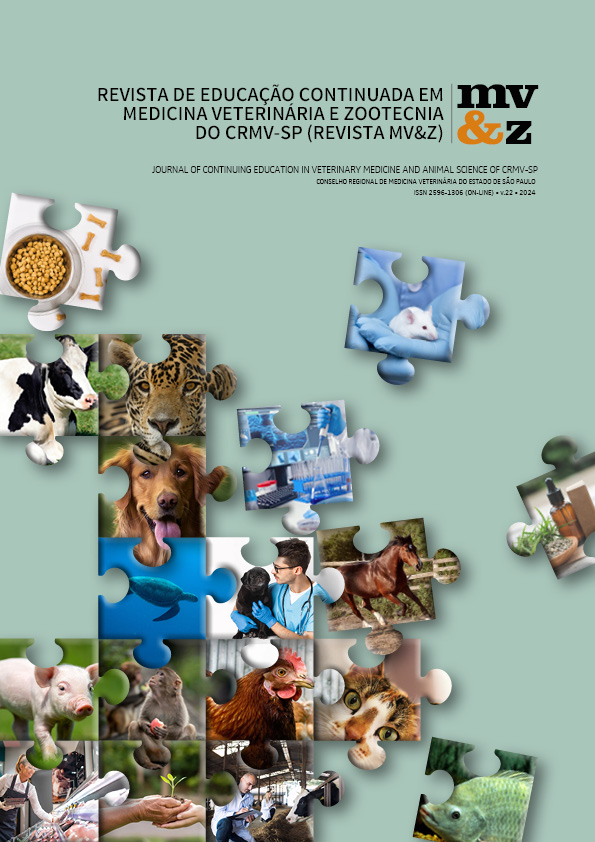Exocrine pancreatic insufficiency in felines: analysis of a clinical case and its implications
Main Article Content
Abstract
Exocrine pancreatic insufficiency (EPI) is a functional condition characterized by inadequate secretion of digestive enzymes by the acinar cells of the pancreas, leading to malabsorption and eventual chronic malnutrition syndrome. In felines, although it is one of the main diseases of the exocrine pancreas, it is often underdiagnosed and little reported. Several factors have been identified as possible triggers of this syndrome in felines, with chronic pancreatitis considered the most accepted final stage. Since the introduction and validation of the feline trypsin-like immunoreactivity (fTLI) test, the diagnosis of EPI in cats has increased. However, many cases remain undiagnosed due to the nonspecificity of clinical signs and clinical pathological changes presented by patients. Treatment of affected animals is usually successful through pancreatic enzyme supplementation in the diet. Commercial products are available, and the powder is considered more effective than administration of tablets or capsules. This paper reports a clinical case of EPI in a feline, discussing the clinical signs presented in this species, diagnosis, treatment, and the main differences that must be considered to conclude the diagnosis.
Article Details
1. Autores mantém os direitos autorais e concedem à revista o direito de primeira publicação, com o trabalho licenciado sob a Creative Commons Atribuição-NãoComercial-SemDerivações 4.0 Internacional
2. Autores têm autorização para assumir contratos adicionais separadamente, para distribuição não-exclusica da versão do trabalho publicada nesta revista (ex.: publicar em repositório institucional ou como capítulo de livro), com reconhecimento de autoria e publicação inicial nesta revista.
3. Autores têm permissão e são estimulados a publicar e distribuir seu trabalho online (ex.: em repositórios instituicionais ou na sua página pessoal) a qualquer ponto antes ou durante o processo editorial, já que isso pode gerar alterações produtivas, bem como aumentar o impacto e a citação do trabalho publicado (Veja O Efeito do Acesso Livre);
